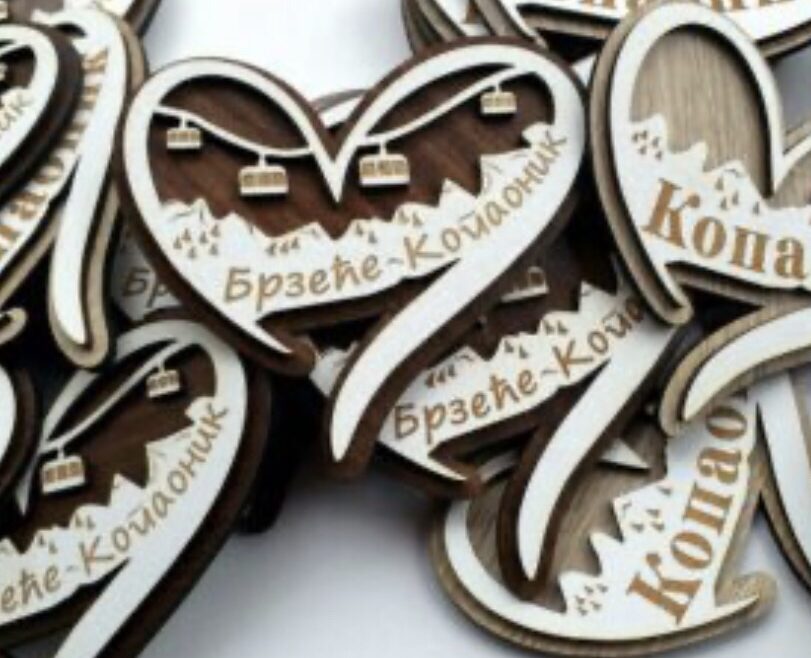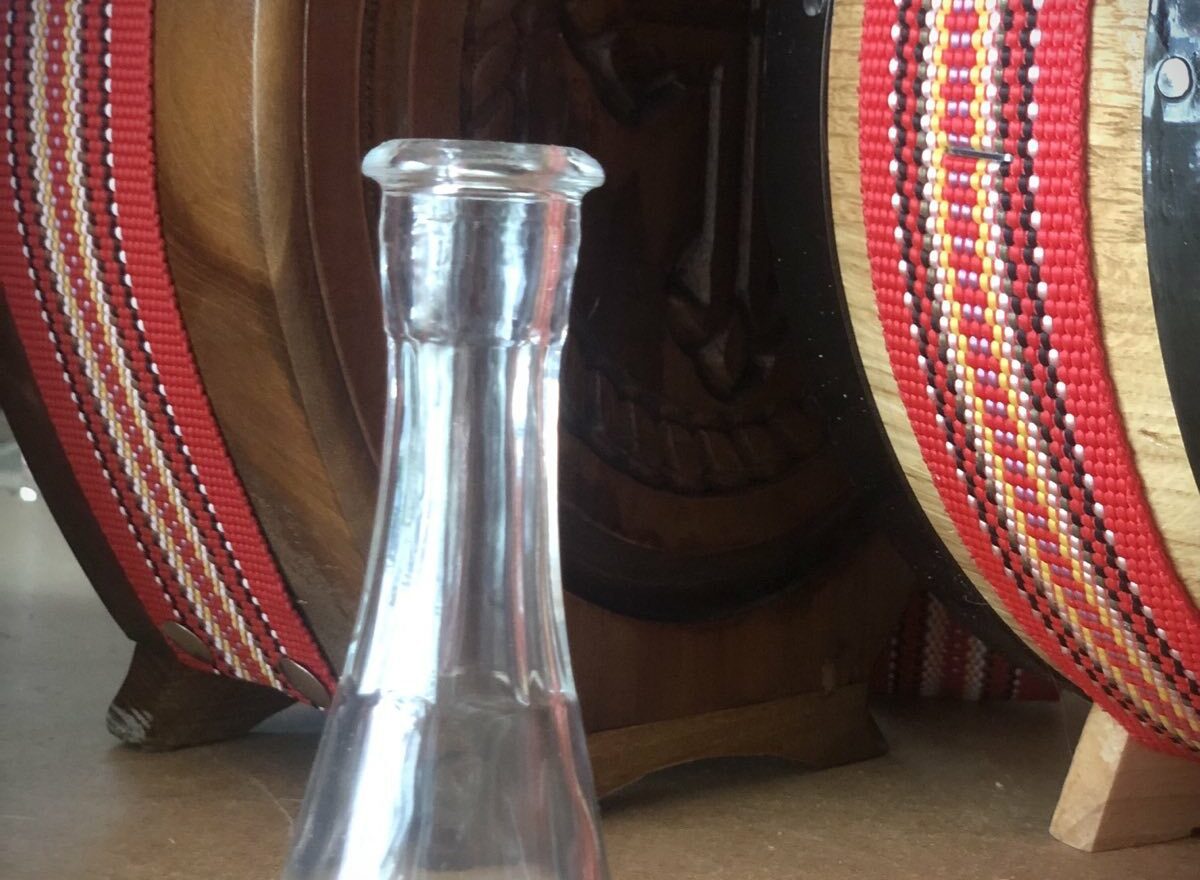At the end of the eighties of the last century, Dr. Dragoslav Vasović briefly described a walk in our wonderful Kopaonik. Not much has changed from the point of view of visitors – lovers of nature and mountain challenges.
,,Whoever climbs Kopaonik once, wants to do it again. Among thousands of such, there was the head of our science, Josip Pančić, who climbed the Suvo Rudište for the sixteenth time, at the age of 72. He even wished that his remains rest eternally on the most beautiful Serbian panini. True, a lot of water flowed through the Samokovska River until grateful descendants laid the remains of a man who came from the Croatian coast to the Suvo Rudište in 1951 to brotherly help the establishment of natural sciences among Serbs. Then the highest peak in central Serbia was renamed Pančić’s peak – it got a new name after its new and eternal inhabitant.”
,,The first lady of Serbian poetry, Desanka Maksimović, could not resist the charms of Kopaonik, who left us notes about her visit to the villages strung along the Graševačka River. Of course not. Many people want to write poems when they see how this foaming river grabs and gurgles over a hundred beech trees, how it crowds numerous villages along the eastern slopes of Kopaonik, but also starts their watermills and drenches green gardens with winding gaps. If he already finds himself in this valley, which opens the easiest access from Rasina and Brus to the highest part of the mountain, the traveler feels the need to stop in Brzeć. Something confuses and sways him: he cannot immediately decide which side to take. If he turns left, he will soon reach Djerekare and Blaževo, whose landscapes resemble the most beautiful national parks in the Alps.”
,,If you continue straight towards Ravni Kopaonik, you will feel the need to immediately look at the panorama of Brzeć, a village crouching at the bottom of the valley, at an altitude of 1,100m. Both the village and the stream got their name from the fast water. It also gave birth to a kind of picture book, almost an emblem of the village: a dozen millstones, cut from wood, in the shape of a cube, with carts and winches visible from the road, squeezed between the village houses and barns. Broad canopies of dark green alder, old walnuts and occasional plums create shade over these streams, which an uninitiated observer would think are movie sets. And they are still grinding today.”,,When he leaves that image behind, the traveler starts to climb Srebrenac and Jaram. But climbing is not difficult for him because the road snakes through a shady forest – first beech, then spruce. After about ten kilometers, the forest gives way to bare limestone cliffs, and then to a carpet of grass. It is already a part of Ravni Kopaonik, from which the highest peaks of the mountain rise. Now the traveler gets confused again. He found himself in a mountain, and the scene is hardly mountainous. Neither is the mountain broken up by gorge valleys, nor do its highest points resemble peaks. The width of the undulating surface bursts before the eyes. If it wasn’t overgrown in places with a dense thicket of spruce and fir, it would be easily passable for off-road vehicles in all directions. From its upper edge, anyone can climb to Pančić’s peak or Gobelja, without much effort and special footwear, because they only need to climb about a hundred meters along gentle and grassy slopes. If one finds himself here in mid-August, the climbing becomes more pleasant for him because he can pick blueberries all the way up to the highest peaks. What kind of peaks are covered with blueberries instead of jagged, vertical and covered with spiers?”
,,The people saw these properties a long time ago and found a suitable name for the highest part of the mountain – Ravni Kopaonik. Thus, its highest part resembles a house with a flat roof: its sides are almost as steep as the walls, and the ends are level and very wide. Modern builders on both sides of the mountain have built serpentine asphalt roads. Nowhere in Serbia have such roads reached a height of 1,800m. No wonder: only in this high corner of Serbia has nature created a hiding place of its many charms. Man finds them here and throws his “lasso” at them in the form of a modern road, mining and tourist funiculars…”
Man has left his stamp on modern Kopaonik to this day, but nature still rules and surprises, with beauty and changes.




